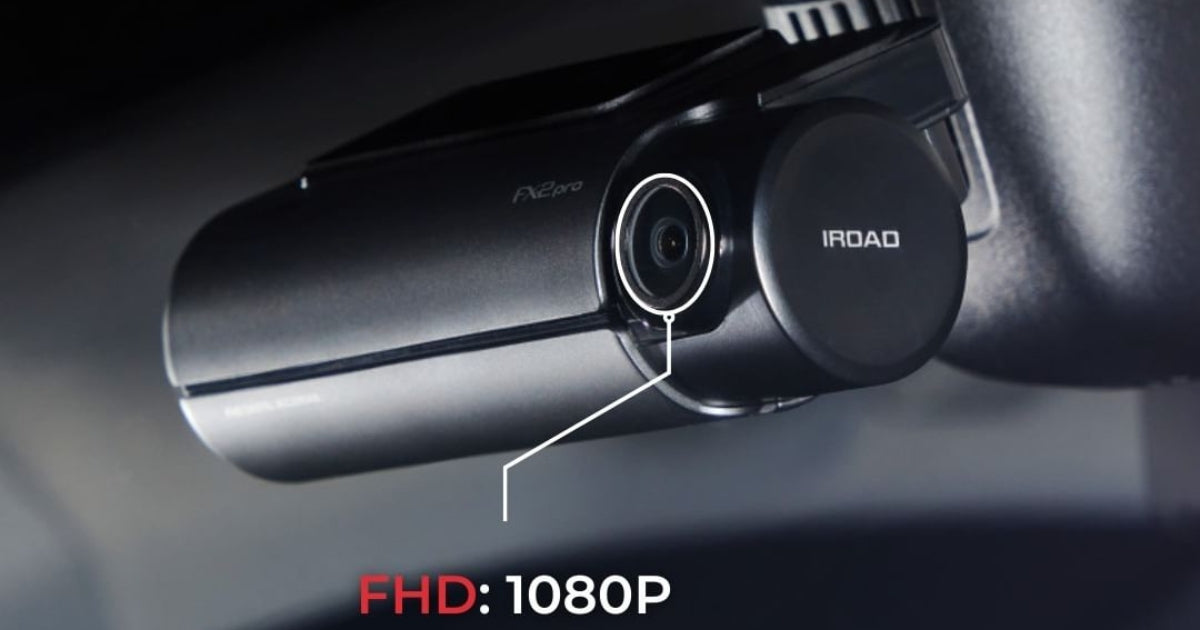Dash cameras or dash cam have become increasingly popular as essential tools for drivers, offering security, peace of mind, and even valuable evidence in the event of an accident. However, with so many available options, selecting the right dash camera can take time and effort. To help you make an informed decision, here are the top features to consider when choosing the best dash camera for your needs.
1. Video Quality
One of the most critical factors in choosing a dash camera is video quality. The clarity of the footage is crucial, especially if you need to review details like license plates or road signs. Look for a dash camera with at least a 1080p Full HD resolution car camera. If you want even sharper images, consider a dash camera, which offers higher resolution and better detail. Remember that higher-resolution cameras require more storage space, so balance your need for clarity with your storage capabilities.
2. Wide-Angle Lens
A wide-angle lens is essential for capturing a broad view of the road and your surroundings. Cameras with a wider field of view (FOV) can record more of what’s happening on the sides of your vehicle, reducing blind spots. Look for a dash camera with an FOV of at least 120°, with some models offering up to 170° for maximum coverage.
3. Night Vision
Driving at night or in low-light conditions can make it difficult to capture clear footage. A dash camera with good night vision capabilities ensures that you can record high-quality video regardless of the time of day. Cameras with large apertures (e.g., f/1.8) and infrared LEDs or sensors that enhance visibility in the dark are ideal for night driving.
4. Loop Recording
Loop recording is a feature that allows the dash camera to continuously record video by overwriting the oldest footage when the memory card is full. This ensures that you always have the most recent footage available. When choosing a dash camera, make sure it supports loop recording and consider the size of the memory card it can accommodate to determine how much footage can be stored before it starts overwriting.
5. G-Sensor
A G-sensor (or accelerometer) is a key feature that detects sudden movements or impacts, such as during a collision. When triggered, the dash camera G-sensor locks the current footage to prevent it from being overwritten by loop recording. This locked footage can serve as vital evidence in the event of an accident, making the G-sensor a must-have feature for any dash camera.
6. GPS Tracking
GPS tracking is an additional feature that records the exact location, speed, and route of your vehicle along with the video footage. This dashcam can be incredibly useful for providing detailed information in the event of an accident or for tracking your travel history. Some dash cameras have built-in GPS, while others require an external GPS module.
7. Parking Mode
Parking mode allows the car cam to continue recording even when the vehicle is parked and the engine is off. This feature is useful for monitoring your car while it’s unattended, recording any incidents such as break-ins, vandalism, or hit-and-run accidents. There are different types of parking modes, including motion detection and time-lapse recording, so consider which option best suits your needs.
8. Connectivity
Modern dash cam often comes with built-in Wi-Fi or Bluetooth connectivity, allowing you to easily transfer footage to your smartphone or computer. This feature is convenient for quickly sharing videos, managing settings, or updating the camera’s firmware. Some models also offer cloud storage, giving you an extra layer of security by automatically backing up your footage.
9. Dual-Channel Recording
If you want to record both the front and rear of your vehicle, consider a dash camera with dual-channel recording. These cameras come with both front-facing and rear-facing cameras, allowing you to capture footage from both angles simultaneously. This feature is particularly useful for rideshare drivers, fleet managers, or anyone who wants comprehensive coverage of their vehicle.
10. Build Quality and Design
The build quality and design of the car camera are also important considerations. Look for a camera that is durable, heat-resistant, and built to withstand the conditions inside a car. Additionally, a compact and discreet design can help prevent theft and ensure that the camera doesn’t obstruct your view while driving.
11. Ease of Use
A user-friendly interface and easy installation are important factors when choosing a dash camera. Look for a car cam with intuitive controls, clear instructions, and a straightforward setup process. Additionally, consider how easy it is to access and review footage, either directly on the camera’s display or via a connected app.
12. Price and Warranty
Finally, consider your budget when choosing a dashcam. While more expensive models often come with additional features, there are plenty of high-quality, affordable options available. It’s also important to check the warranty offered by the manufacturer, as this can give you peace of mind and protection against defects or malfunctions.
Conclusion
Choosing the right camera for car dashboard involves balancing your needs, preferences, and budget. By focusing on key features such as video quality, wide-angle lenses, night vision, and G-sensors, you can find a dash camera that provides reliable protection and captures clear, detailed footage.
